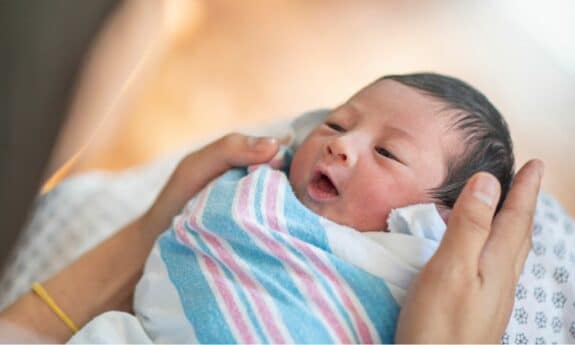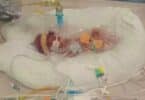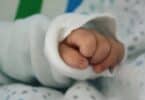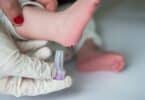Newborn boys are more prone to a brain injury known as hypoxic-ischemic encephalopathy (HIE), according to a study conducted by researchers at UT Southwestern Medical Center. The study, published in JAMA Network Open, suggests that considering the impact of sex is crucial for effective interventions for both boys and girls affected by HIE.
Led by study leader Lina Chalak, MD, MSCS, a professor of Pediatrics and Psychiatry, the research highlights the need to account for sex differences in future neuroprotective interventions for birth-related asphyxia. The study was also co-led by Catherine Spong, MD, a professor and chair of Obstetrics and Gynecology at UTSW.
HIE is a condition that affects millions of newborns worldwide and occurs when there is a reduction or cessation of oxygen or blood flow to the brain during birth. Previous preclinical models have suggested that male animals are more vulnerable to birth asphyxia than females due to the protective effects of the hormone estrogen. Females generally show better neurological outcomes for various injuries, including strokes, traumatic brain injuries, and prematurity. However, previous clinical studies have not observed an increased incidence of HIE in male babies, likely due to the small sample sizes used in research.
To address this gap, the researchers utilized data from one of the largest U.S. single-site clinical cohorts of babies. The collaboration between UTSW’s Department of Obstetrics and Gynecology and the Department of Pediatrics’ Division of Neonatal-Perinatal Medicine allowed access to comprehensive newborn statistics and outcomes at Parkland Memorial Hospital, one of the busiest maternity wards in the country.
Among the analyzed singleton births between December 1, 2005, and December 1, 2020, the researchers identified 157,538 newborns. Lab results from umbilical cord blood samples were available for about 99% of these infants, with 5,590 showing significantly acidified blood, indicating a risk for HIE.
Although the sex distribution of the newborns was relatively equal, the diagnoses of HIE revealed a different pattern, with 54% affecting males and 46% affecting females.
Dr. Chalak, who is not only a study leader but also a neonatologist at Children’s Health, noted that these findings could impact counseling for parents of babies diagnosed with HIE and the development of new interventions. She suggested that boys may have distinct molecular pathways compared to girls, necessitating different therapeutic approaches.
The study also received contributions from Jessica Pruszynski, PhD, an assistant professor of Obstetrics and Gynecology at UTSW.
The researchers were supported by a National Institutes of Health grant (R01NS102617-05).
Related Articles:
- Recalled Applesauce Linked to High Blood Lead Levels in 22 Children
- FDA Issues Warning About Probiotics for Preterm Infants
- Mandatory Newborn Screening for Duchenne Muscular Dystrophy in New York State Starting in 2024
- University of Bristol Study Reveals Alarming Link Between Neonatal Illness and Child Mortality







